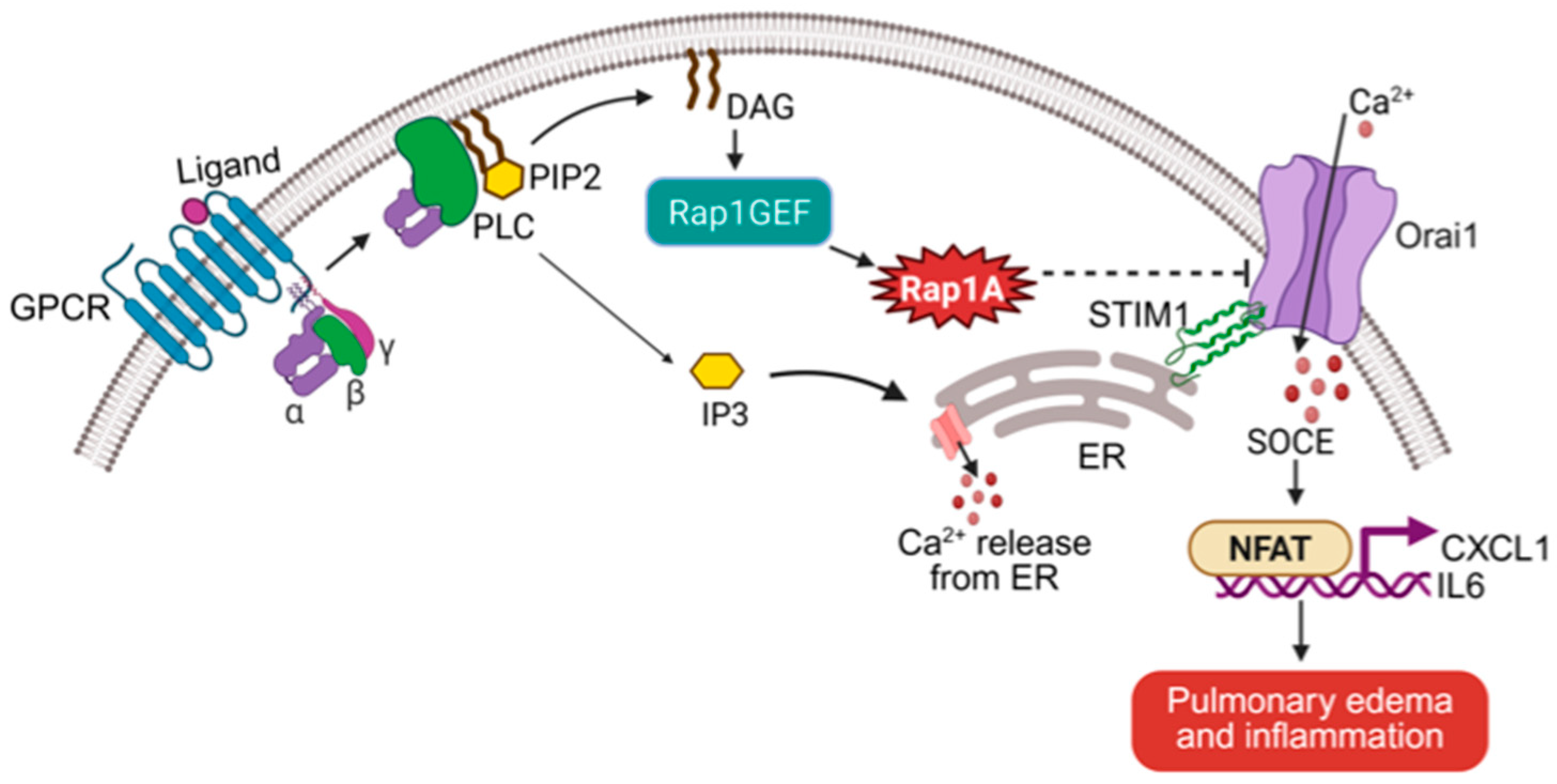Correction: Kosuru, R.; Chrzanowska, M. Divergent Functions of Rap1A and Rap1B in Endothelial Biology and Disease. Int. J. Mol. Sci. 2025, 26, 5372
Text Correction
Error in Figure and Figure Legend
References
Reference
- Kosuru, R.; Chrzanowska, M. Divergent Functions of Rap1A and Rap1B in Endothelial Biology and Disease. Int. J. Mol. Sci. 2025, 26, 5372. [Google Scholar] [CrossRef] [PubMed]

Disclaimer/Publisher’s Note: The statements, opinions and data contained in all publications are solely those of the individual author(s) and contributor(s) and not of MDPI and/or the editor(s). MDPI and/or the editor(s) disclaim responsibility for any injury to people or property resulting from any ideas, methods, instructions or products referred to in the content. |
© 2025 by the authors. Licensee MDPI, Basel, Switzerland. This article is an open access article distributed under the terms and conditions of the Creative Commons Attribution (CC BY) license (https://creativecommons.org/licenses/by/4.0/).
Share and Cite
Kosuru, R.; Chrzanowska, M. Correction: Kosuru, R.; Chrzanowska, M. Divergent Functions of Rap1A and Rap1B in Endothelial Biology and Disease. Int. J. Mol. Sci. 2025, 26, 5372. Int. J. Mol. Sci. 2025, 26, 8996. https://doi.org/10.3390/ijms26188996
Kosuru R, Chrzanowska M. Correction: Kosuru, R.; Chrzanowska, M. Divergent Functions of Rap1A and Rap1B in Endothelial Biology and Disease. Int. J. Mol. Sci. 2025, 26, 5372. International Journal of Molecular Sciences. 2025; 26(18):8996. https://doi.org/10.3390/ijms26188996
Chicago/Turabian StyleKosuru, Ramoji, and Magdalena Chrzanowska. 2025. "Correction: Kosuru, R.; Chrzanowska, M. Divergent Functions of Rap1A and Rap1B in Endothelial Biology and Disease. Int. J. Mol. Sci. 2025, 26, 5372" International Journal of Molecular Sciences 26, no. 18: 8996. https://doi.org/10.3390/ijms26188996
APA StyleKosuru, R., & Chrzanowska, M. (2025). Correction: Kosuru, R.; Chrzanowska, M. Divergent Functions of Rap1A and Rap1B in Endothelial Biology and Disease. Int. J. Mol. Sci. 2025, 26, 5372. International Journal of Molecular Sciences, 26(18), 8996. https://doi.org/10.3390/ijms26188996





